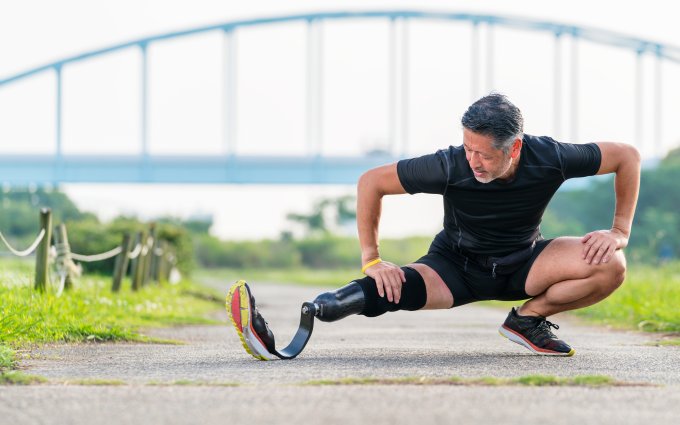06/23/2015

For people living with limb loss, one of the biggest challenges to using a prosthetic limb is the adjustment to a new way of moving and conducting daily activities. Thanks to innovative research scientists, great strides are being made in prosthetic limb functionality. Researchers in Vienna have just unveiled a prosthetic leg designed to simulate the feelings of a real limb and fight phantom pain.
New and Improved Prosthetic Leg
From an artificial toe attached to a 3,000-year-old Egyptian mummy to prosthetic limbs given to civil war veterans, prosthetic devices have long assisted amputees. In the latest development, Professor Hubert Egger at the University of Linz in northern Austria has designed a new prosthetic leg that could significantly change the user’s experience.
In an article in Business Insider, Egger describes the two-step process. First, the surgeons rewire the remaining foot nerve endings located in the stump, placing them close to the skin’s surface in healthy tissue located in the thigh. Then, six sensors are fitted to the foot sole of a lightweight prosthetic leg and linked to stimulators inside the shaft of the prosthesis. The goal of this new prosthetic leg is to assist the amputee’s brain in recognizing the artificial limb, which can improve motor function and reduce or eliminate phantom pain.
No More Phantom Pain
Phantom pain is a common problem for amputees and occurs when the brain becomes increasingly sensitive as it tries to seek out information about the missing limb. Researchers believe that when the brain receives information from the prosthetic device’s stimulators, the pain can be reduced or even disappear. This was reportedly the case for Austrian amputee Wolfgang Rangger who has been testing the new prosthetic leg for the past six months.
A New Lease on Life
Rangger is quoted in a Newsweek article that his new prosthetic leg has given him “… a second lease on life, like being reborn.” His improved mobility allows him to run, cycle and climb, and when he moves, the limp is barely noticeable. He’s also able to tell whether he’s walking on gravel, concrete or grass and can even feel small stones.
At Paradigm Outcomes, we’re always looking for ways to improve the quality of life for our injured workers. Technological advances like this new prosthetic leg help us return injured people to the best possible quality of life after their accidents. Stay tuned for more information on the latest treatments and medical devices assisting catastrophically injured people.